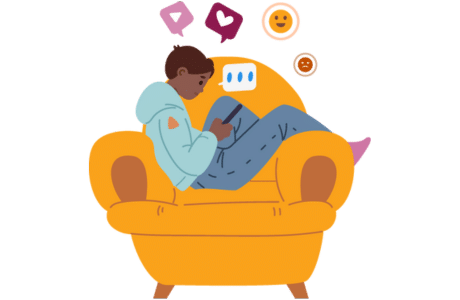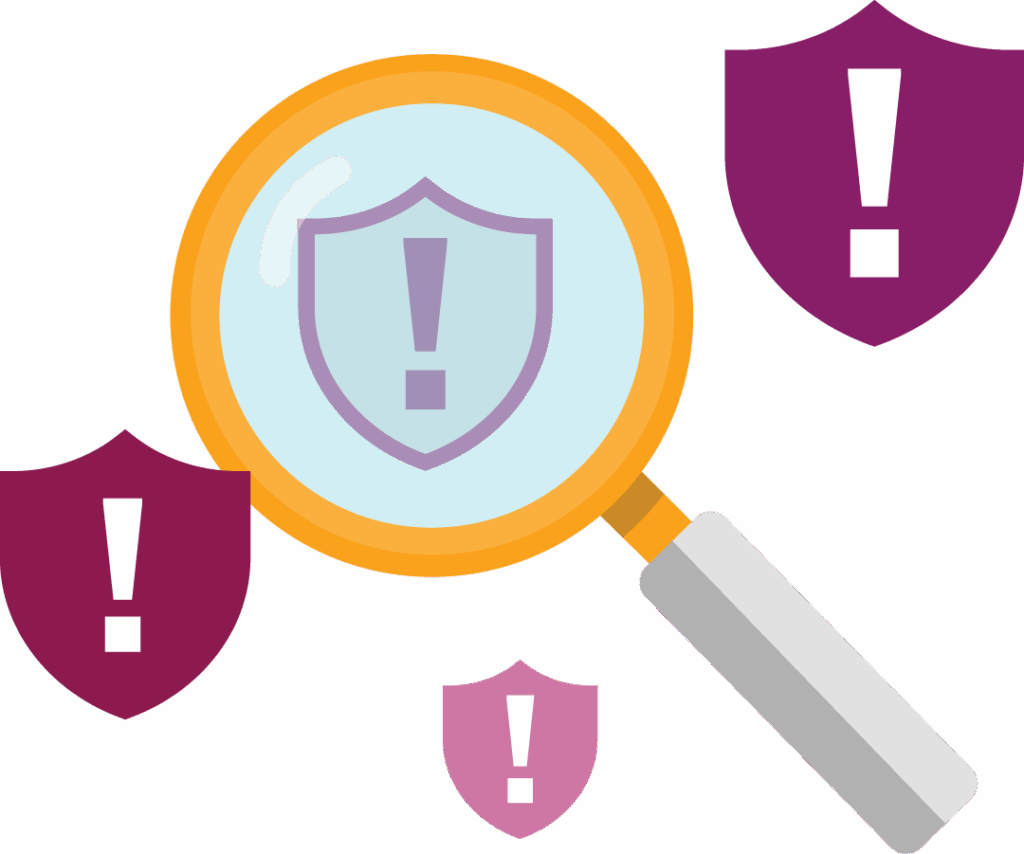Guest Author: Jon Trew
Every so often a TV programme comes along that causes a sea-change in the public’s thinking about an issue. Perhaps the first was Cathy Come Home, a 1966 drama about homelessness that sparked a national debate and even triggered the foundation of the charities Shelter and annual Crisis at Christmas Appeals. More recently the series Mr Bates versus the Post Office spurred the then Prime Minister Rishi Sunak to announce new legislation to exonerate wrongly convicted sub-postmasters and an announcement that there would be a new upfront payment of £75,000 for some of those affected, just a day after the programme was broadcast.
The most recent programme to have a similar impact, not just in the UK but around the world, is the Netflix series Adolescence. It tells the story of 13-year-old boy accused of murdering a girl from his class. The drama includes poignant performances with a narrative routed in familiar safeguarding issues for parents and education professionals today, including the misuse of social media, cyberbullying and ‘toxic masculinity’.
The drama caused an immediate reaction amongst the public and politicians at Westminster. Prime Minister Keir Starmer advised cabinet members to watch it and welcomed a move by Netflix to make the series available to screen for free in secondary schools. Co-writer Jack Thorne urged Keir Starmer to “rather urgently” consider a smartphone ban in schools and a “digital age of consent”, similar to Australia, which has passed a law banning children under 16 from using social media.
Do Mobile Phone Bans in Schools Improve Mental Health?
The story calling for the banning of teenager’s mobile phones has received widespread coverage and significant support from pundits and politicians across the political spectrum. However, a study published in the Lancet just a few months earlier received far less notice. It looked at the students of 30 schools in the UK. This included 20 schools which had banned phones and 10 schools who had a more permissive attitude to phone use. Student wellbeing in each of the schools was assessed using the Warwick–Edinburgh Mental Wellbeing Scale.
The study found: “There is no evidence that restrictive school policies are associated with overall phone and social media use or better mental wellbeing in adolescents…no differences were observed in mental, physical, and academic outcomes for adolescents attending schools that permit, versus restrict phone use.” According to this study, while limiting or banning the use of mobile phones in school may reduce disruption and distraction, the idea that it would have a direct effect on the mental health and wellbeing of students has not been demonstrated.
The Correlation Between ‘Screen Time’ and Teen Mental Health
While it did not evidence that a ban on mobile phones in schools had a direct effect on pupil wellbeing, the Lancet report certainly does not advocate for the unrestricted use of mobile phones by children and young people. In fact, it found there were negative associations between increasing time spent on phones, social media and worsened mental health.
However, though there may be a correlation between the two, we must be careful not to presume a causative relationship between teenage mental ill health and use of online social media. It is important to look closer and examine more carefully the links between social networking and the lives of young people.
In her book It’s Complicated, the Social Lives of Networked Teens, Danah Boyd, a professor at Georgetown University and founder of Data & Society Research Institute, pointed out that teenagers use social networking to extend socialisation with their peers. One category uses it to manage a friendship group that would be too large manage by traditional means. Another group use social networking to identify and interact with others who have similar niche interests and identities.
Social Media and Online Influences Among Teens
During their teenage years young people typically move away from the influence of their parents and the importance of spending time with their peers becomes increasingly important to them. Boyd maintains young people’s ability to just “hang out together” has become seriously restricted due to the confines of modern life and they have as a result retreated into the online world of social networking. Instead of meeting in public spaces or going to youth clubs, teenagers now occupy cyberspace.
Boyd argues that we need to be very careful when identifying a causal link between social media and problematic use by young people. She says “the language of addiction sensationalizes teens’ engagement with technology and suggests that mere participation leads to pathology. Most teens aren’t addicted to social media; if anything, they’re addicted to each other.”
Children and young people need clear boundaries and limits. These rules give them confidence to explore the world with a degree of assurance and safety. However, blanket bans are rarely effective. Instead, we need to explain our concerns to young people and engage with their lives and interests, giving them the time and space to explore and discuss their feeling and concerns.
Protecting Children from Online and Offline Harm
Teachers, safeguarding practitioners and other professionals working with children and young people play a key role in protecting them from dangerous influences. CPOMS StudentSafe is a powerful tool designed to support in the recording and monitoring of all safeguarding concerns. With the capability to easily and securely log concerns for every pupil with fully customisable categories, such as ‘cyberbullying’ or ‘misogyny’, StudentSafe allows safeguarding professionals to provide timely support.
The Premium Cases and Forms module within StudentSafe provides even more powerful reporting and case management capabilities. The module simplifies evidence gathering for serious incidents or complex cases by streamlining the process all in one secure place. StudentSafe with Premium Cases and Forms also empowers safeguarding leads to easily provide clear and detailed reports of safeguarding cases for review bodies or inspectorates such as Ofsted.
To learn more about how StudentSafe and the Premium Cases and Forms module can support children’s mental health in your setting, book a free demo today.




